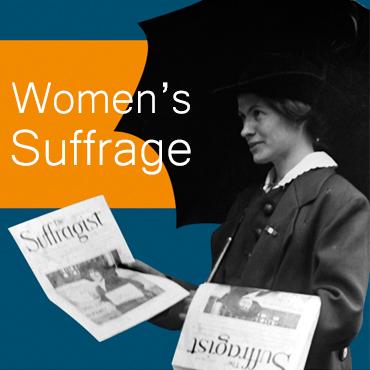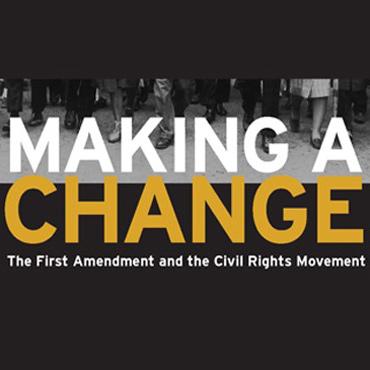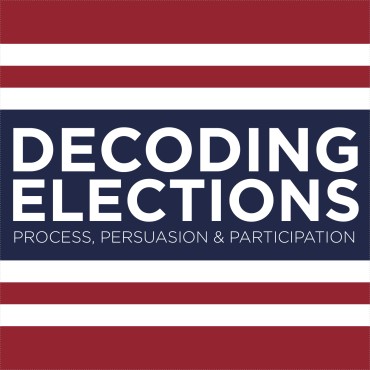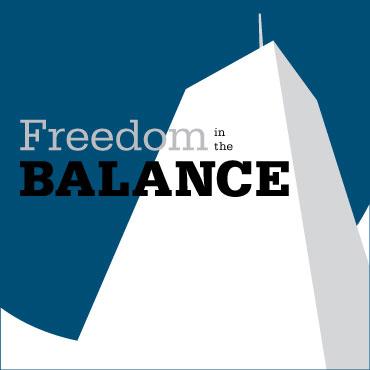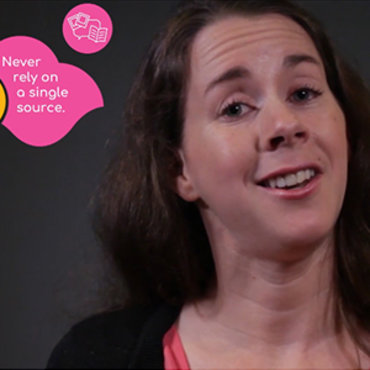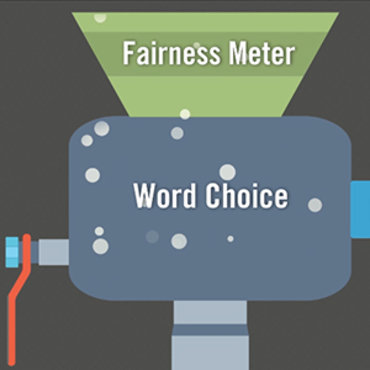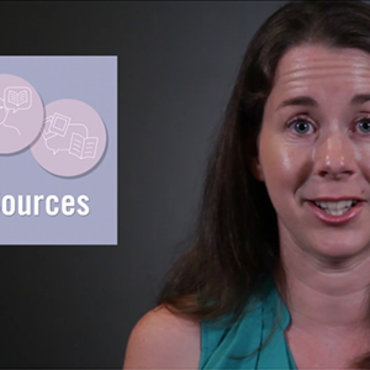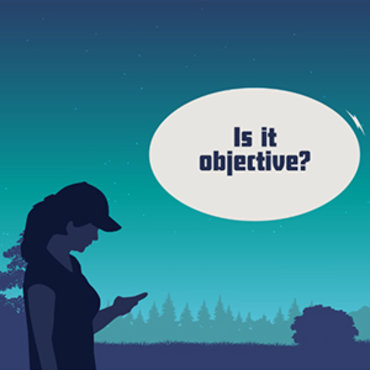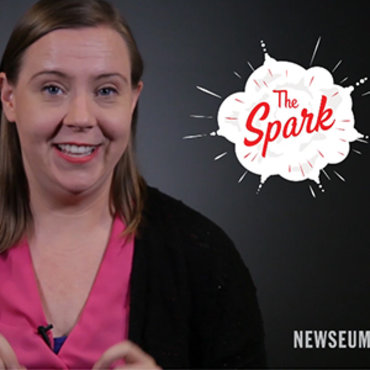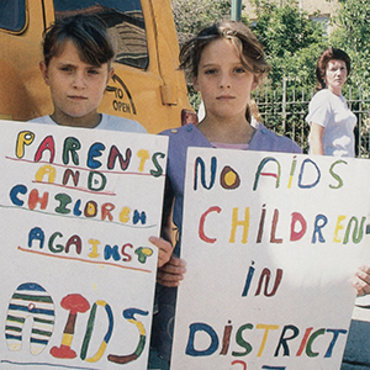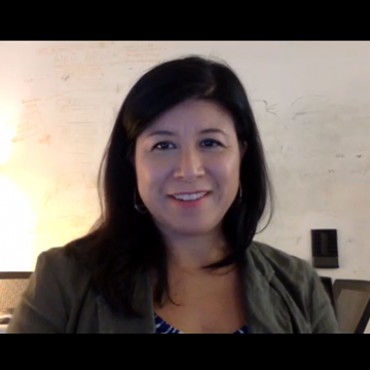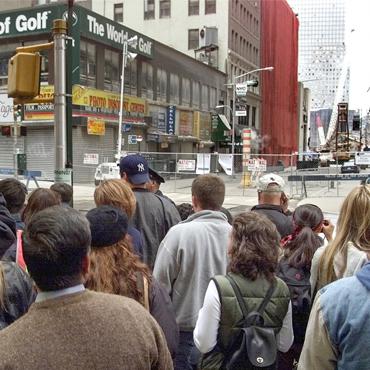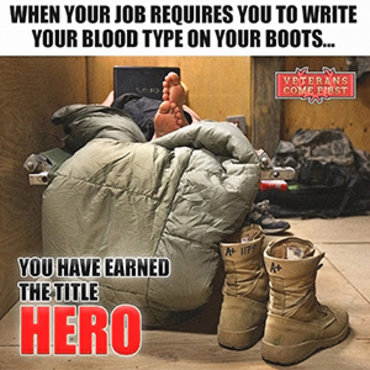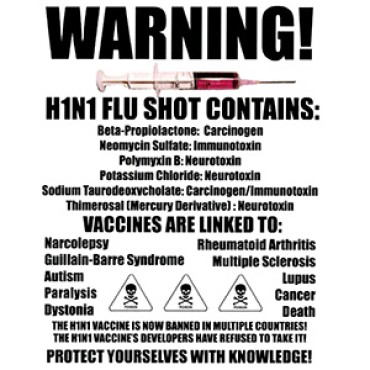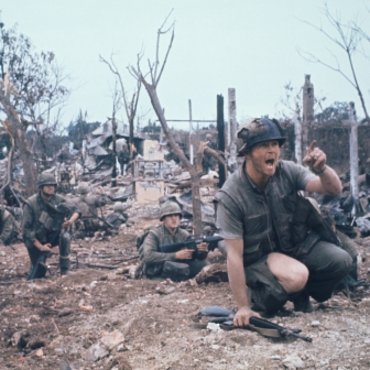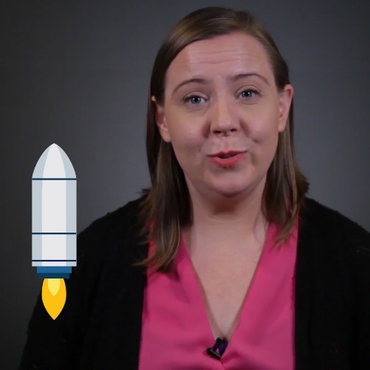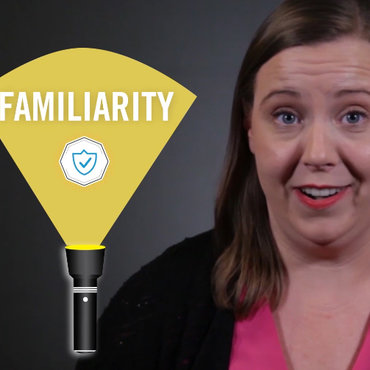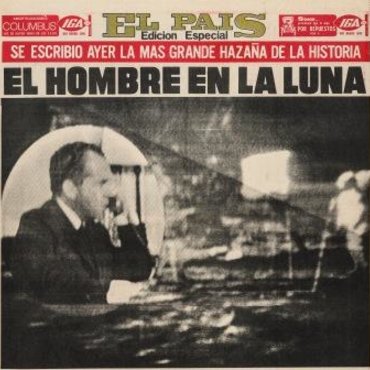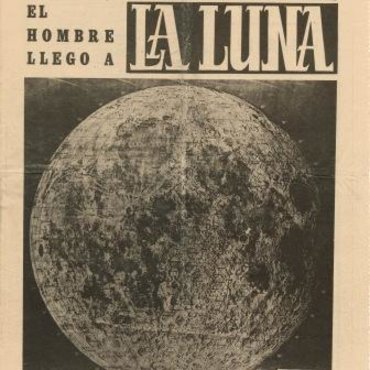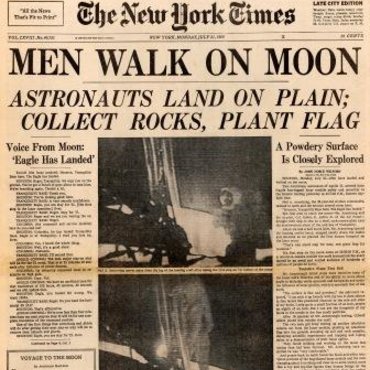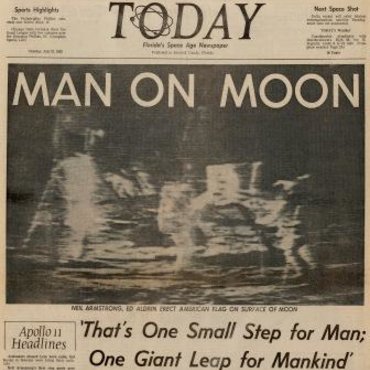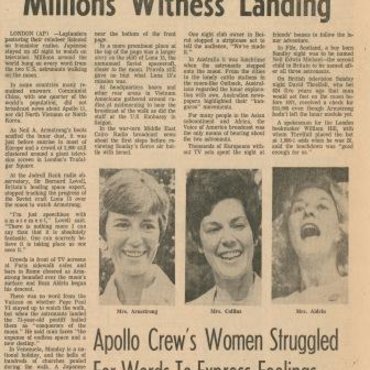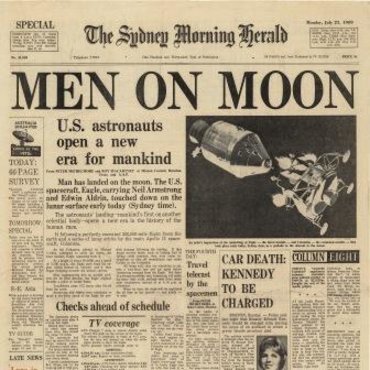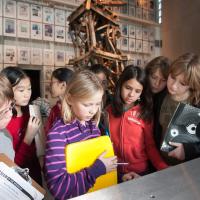
Lesson Plan
Breaking News: Tracing the Facts
Students use news reports to understand how information evolves during a disaster.
Get even more great free content!
This content contains copyrighted material that requires a free NewseumED account.
Registration is fast, easy, and comes with 100% free access to our vast collection of videos, artifacts, interactive content, and more.
Sign Up
?
NewseumED is provided as a free educational resource and contains copyrighted material. Registration is required for full access. Signing up is simple and free.
With a free NewseumED account, you can:
- Watch timely and informative videos
- Access expertly crafted lesson plans
- Download an array of classroom resources
- and much more!
Duration
30-60 minutes
Topic(s)
- Current Events
- Journalism
Grade(s)
- 4-8
- Select a pair of news articles about a disaster. One article should be breaking news, published within hours of the event. The second article should be published the following day.
- Possible sources include the Newseum’s Today’s Front Pages (newseum.org/todaysfrontpages) and pastpages.org for archived web pages.
- Variation: select different article pairs for each small group.
- Tell students that today they will explore how information about breaking news can quickly change. For this reason, news is often called “the first rough draft of history.”
- Ask students why information in these conditions might be inaccurate or incomplete in early reports. Ideas include: the event hasn’t ended; reporters can’t get to the site to investigate; spokespeople and eyewitnesses don’t have complete information, etc.
- Hand out the news articles and worksheet. Ask students to fill out both charts with eight facts and their sources from the report.
- Tracing the Facts worksheet (download), one per student or small group
- Newspaper articles about a disaster (print or online)
After students have completed the worksheet, discuss their answers. Prompts:
- What facts changed over time? What stayed the same?
- What sources did the journalists use in their initial reports? The later ones? Why do you think they changed or stayed the same?
- Were you ever unable to determine the source of the information? Why do you think this was the case?
- Was there conflicting information from different sources? If yes, why do you think this happened?
- If you were a journalist covering a disaster, what sources would you seek out to gather information for your report?
-
Common Core State Standards: CCSS.ELA-LITERACY.CCRA.R.1
Read closely to determine what the text says explicitly and to make logical inferences from it; cite specific textual evidence when writing or speaking to support conclusions drawn from the text. -
Common Core State Standards: CCSS.ELA-LITERACY.CCRA.R.8
Delineate and evaluate the argument and specific claims in a text, including the validity of the reasoning as well as the relevance and sufficiency of the evidence.
-
NCSS C3 Framework: D3.1.6-8 and D3.1.9-12
6 - 8: Gather relevant information from multiple sources while using the origin, authority, structure, context, and corroborative value of the sources to guide the selection. 9 - 12: Gather relevant information from multiple sources representing a wide range of views while using the origin, authority, structure, context, and corroborative value of the sources to guide the selection
-
ISTE: 3b. Knowledge Constructor
Students evaluate the accuracy, perspective, credibility and relevance of information, media, data or other resources.
-
National Center for History in the Schools: NCHS.US History.Era 10
Standard 1: Recent developments in foreign policy and domestic politics Standard 2: Economic, social, and cultural developments in contemporary United States
-
National Council of Teachers of English: NCTE.1
Students read a wide range of print and non-print texts to build an understanding of texts, of themselves, and of the cultures of the United States and the world; to acquire new information; to respond to the needs and demands of society and the workplace; and for personal fulfillment. Among these texts are fiction and nonfiction, classic and contemporary works.



